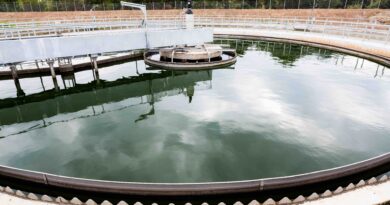Seaweed Mining Just Might Unearth a New Mineral Supply
Could seaweed be key to sourcing more precious and rare-earth elements? Some scientists think so. They say seaweed contains several minerals that could be used in manufacturing various green technologies, aiding the transition away from fossil fuels for energy. The U.S. Department of Energy’s Advanced Research Projects Agency-Energy (ARPA-E) has funded three projects focused on mining seaweed for these minerals. If successful, this aquatic plant could offer an alternative to more invasive mining and extraction methods.
According to The Week, seaweed, scientists’ thinking goes, might be a treasure trove of minerals, and they are trying to find a way to extract those minerals through a process similar to mining. The aquatic plant contains the elements platinum and rhodium, along with rare-earth elements like neodymium, lanthanum, yttrium and dysprosium. “These valuable elements, which can be captured and concentrated by seaweed, are essential to the green energy transition — and to technology more broadly,” said Hakai Magazine. Rare-earth elements are used in a variety of products including electric motors and generators, as well as solar panels and wind turbines, which are necessary for the world to hit net zero. “While many rare earth metals are actually common, they are called ‘rare’ because they are seldom found in sufficient amounts to be extracted easily or economically,” said Columbia University’s State of the Planet. This is where seaweed could come in. The aquatic plants “grow quickly and suck minerals out of the water to do so.” In some ways, seaweeds are built optimally for gleaning minerals: Their “cell walls are structured from sulfated polysaccharides — compounds made of long chains of sugar molecules,” which are “negatively charged, meaning they attract positively charged minerals floating nearby,” Hakai Magazine said.

